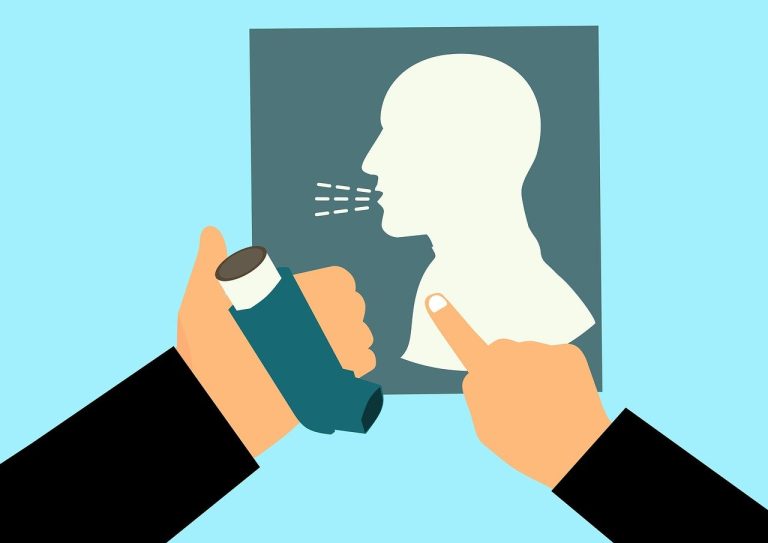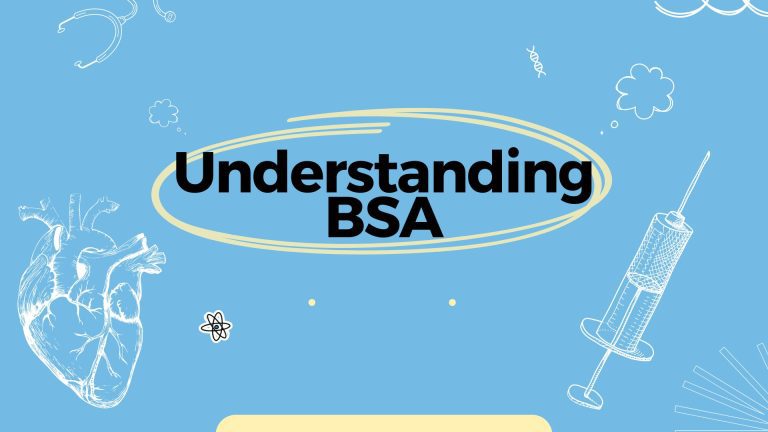Book Appointment Now

How to Pass the Pharmacy Technician Certification Exam (PTCE)
The Pharmacy Technician Certification Exam (PTCE) is a crucial step for those seeking to become certified pharmacy technicians. Administered by the Pharmacy Technician Certification Board (PTCB), this exam validates your knowledge and skills in various aspects of pharmacy practice.
Passing the PTCE is essential for ensuring you can provide safe and effective support in a pharmacy setting, and it can open doors to better job opportunities and career advancement.
The PTCE covers a wide range of topics, including medication knowledge, pharmacy calculations, federal pharmacy laws, patient safety protocols, and more. To succeed, you’ll need a structured study plan and a thorough understanding of the exam’s key areas.
Key Tips for Passing the PTCE
Memorize Medication Details
Most (around 40%) of the PTCE covers medication knowledge. You must go beyond just the top 200 drugs to excel in this section. Focus on memorizing:
- Generic Names: Know both brand and generic names of medications.
- Therapeutic Equivalents: Understand which drugs can be substituted for one another.
- Interactions: Be aware of potential drug interactions and their implications.
- Contraindications: Know when a medication should not be used.
- Side Effects: Memorize common and severe side effects of various medications.
- Indications: Understand the conditions or diseases each medication is used to treat.
Study Tip: Group medications with similar names or purposes to streamline your studying and help with recall.
Master Pharmacy Calculations
Pharmacy calculations are crucial, as they are heavily tested on the PTCE. You’ll need to be proficient in:
- Medication Dosing: Calculate the correct dose based on prescriptions.
- Days Supply: Determine how long a prescribed quantity will last.
- Concentration: Work with different concentrations of medications to prepare the correct dosage.
Study Tip: Dedicate ample time to practicing different pharmacy calculation techniques using study guides and practice problems.
Study Federal Pharmacy Laws
Approximately 12.5% of the PTCE covers federal laws and regulations related to pharmacy practice. Focus on:
- Major Federal Laws: Understand laws regarding handling recalls, hazardous waste, and infection control protocols.
- Federal Regulations: Be familiar with the Controlled Substances Act, the Food, Drug, and Cosmetic Act, and other relevant regulations.
Note: State laws are not covered in the PTCE, so concentrate on federal laws.
Review Patient Safety Protocols
Over 25% of the PTCE focuses on patient safety and quality assurance. Key areas include:
- Medication Errors: Understand common types of medication errors and how to prevent them.
- High-Risk Drugs: Identify drugs that have a higher risk of causing harm if used incorrectly.
- Similar Drug Names: Be aware of look-alike and sound-alike drugs to avoid confusion.
- Proper Procedures: Know the protocols to prevent mistakes and ensure patient safety.
Study Tip: Review safety protocols and understand the common causes and prevention of medication errors.
Take Practice Exams
Utilizing practice tests is one of the best ways to prepare for the PTCE. Practice exams help you:
- Identify Weak Areas: Discover which topics you need to focus on.
- Get Comfortable with the Format: Familiarize yourself with the exam structure and types of questions.
- Manage Time: Practice working within the time constraints of the actual exam.
Give Yourself Enough Time
Adequate preparation time is crucial for success. Most experts recommend:
- Study Duration: Study for at least 4-6 weeks if you have little to no pharmacy experience.
- Adjust Based on Experience: Those with more experience may need less preparation time, but it’s important to cover all key areas thoroughly.
Structured Study Plan
Creating a structured study plan is essential for effective preparation for the PTCE. Here’s a step-by-step guide to help you organize your study time and focus on the key areas:
1. Assess Your Current Knowledge
- Take a diagnostic test to determine your strengths and weaknesses.
- Identify the areas where you need the most improvement.
2. Create a Study Schedule
- Allocate specific times each day or week for studying.
- Break down your study sessions into manageable blocks (e.g., 1-2 hours per session).
- Include breaks to avoid burnout and maintain productivity.
3. Allocate Time for Each Key Area
- Medication Details: Dedicate time to memorizing generic names, therapeutic equivalents, interactions, contraindications, side effects, and indications.
- Pharmacy Calculations: Practice different types of calculations regularly. Spend extra time on areas where you struggle.
- Federal Pharmacy Laws: Review major federal laws and regulations. Focus on understanding key concepts and their applications.
- Patient Safety Protocols: Study common medication errors, high-risk drugs, and procedures to prevent mistakes.
4. Use a Variety of Study Resources
- Textbooks and Study Guides: Use reputable pharmacy technician textbooks and study guides to cover all topics comprehensively.
- Online Resources: Utilize online courses, videos, and articles for additional explanations and examples.
- Flashcards: Create flashcards for medications and laws to enhance memorization and quick recall.
5. Incorporate Practice Exams
- Schedule regular practice exams to test your knowledge and identify areas that need more attention.
- Analyze your performance on practice tests to adjust your study plan accordingly.
6. Review and Revise
- Continuously review the material you’ve studied to reinforce your knowledge.
- Focus on revising the topics you find most challenging.
7. Stay Organized and Consistent
- Keep your study materials and notes organized for easy access.
- Stay consistent with your study schedule and avoid procrastination.
Sample Study Schedule
| Week | Focus Area | Activities |
|---|---|---|
| 1 | Medication Details | Memorize top 200 drugs, generic names, therapeutic equivalents. |
| 2 | Medication Details | Study interactions, contraindications, side effects, and indications. |
| 3 | Pharmacy Calculations | Practice dosing calculations, days supply, and concentration problems. |
| 4 | Federal Pharmacy Laws | Memorize the top 200 drugs, generic names, and therapeutic equivalents. |
| 5 | Patient Safety Protocols | Study medication errors, high-risk drugs, similar drug names, and safety procedures. |
| 6 | Comprehensive Review & Practice Exams | Take full-length practice exams, review incorrect answers, and focus on weak areas. |
Test-Taking Strategies for the PTCE
While having a strong grasp of the subject matter is crucial for the PTCE, employing effective test-taking strategies can also play a significant role in your success. Here are some valuable tips to help you approach the exam with confidence and perform at your best:
- Time Management. The PTCE consists of 90 multiple-choice questions that must be completed within 1 hour and 50 minutes. Proper time management is essential to ensure you have enough time to answer all questions without rushing.
- Allocate your time wisely: Aim to spend approximately 1 minute per question, leaving additional time for more challenging questions.
- Mark questions you’re unsure about and move on: Don’t get stuck on a single question for too long. Flag it and come back to it later if time permits.
- Keep track of the time: Periodically check the time remaining to adjust your pace if necessary.
- Strategic Guessing. While guessing should be avoided if possible, there is no penalty for incorrect answers on the PTCE. If you’re unsure about a question, use strategic guessing techniques:
- Eliminate obvious distractors: Identify and eliminate answer choices that are clearly incorrect. This improves your chances of selecting the right answer.
- Look for clues in the question or other answer choices: Pay attention to wording and context clues that may point you toward the correct answer.
- Use educated guesses: If you can narrow it down to two choices, make an educated guess based on your knowledge and reasoning abilities.
- Answer Every Question. Since there is no penalty for incorrect answers, it’s in your best interest to answer every question on the PTCE. Even if you’re unsure, make an educated guess rather than leaving a question blank.
- Read Questions. Carefully It’s crucial to read each question thoroughly and pay attention to specific details. Many questions on the PTCE are designed to test your ability to identify important information or catch subtle nuances.
- Watch for qualifiers like “except,” “not,” or “unless” that can change the meaning of a question.
- Avoid making assumptions based on partial information or jumping to conclusions too quickly.
- Manage Test Anxiety. Test anxiety can hinder your performance and concentration during the exam. Implement strategies to stay calm and focused:
- Practice deep breathing exercises or relaxation techniques before and during the exam.
- Maintain a positive mindset and remind yourself of your preparation and knowledge.
- If you start to feel overwhelmed, take a short break (if permitted) to reset and refocus.
- Review Your Answers. If time allows, review your answers before submitting the exam. This can help catch any careless mistakes or prompt you to reconsider your initial response.
- Check for any questions you may have skipped or missed.
- Verify that you have filled in the correct answer bubbles or marked your responses accurately.
- Stay Focused and Confident. Throughout the exam, maintain your focus and believe in your abilities. Remind yourself of the hard work and preparation you’ve put in leading up to this point.
Additional Resources
To maximize your preparation for the PTCE, it’s important to use a variety of study resources. Here are some highly recommended options:
Recommended Study Guides and Books
- Mosby’s Pharmacy Technician: Principles and Practice: A comprehensive guide covering all aspects of pharmacy practice.
- Pharmacy Technician Certification Exam (PTCE) Review: Focused specifically on the PTCE, with practice questions and detailed explanations.
- Pharmacy Calculations for Technicians: A detailed resource for mastering pharmacy calculations.
Online Resources and Practice Tests
- PTCB’s Official Website: Offers information on the exam format, content outline, and sample questions.
- Quizlet: Flashcards and study sets created by other pharmacy tech students. Search for PTCE-related sets.
Study Groups and Tutoring Options
- Reddit’s Pharmacy Technician Subreddit: Participate in online forums to ask questions and exchange tips.
- Tutoring Services: If you need personalized help with specific topics, consider hiring a tutor. Websites like Wyzant can connect you with tutors in your area.
Conclusion
Passing the PTCE requires dedication, structured study, and the right resources. By following the key tips outlined in this guide, creating a detailed study plan, and utilizing various study materials, you can enhance your preparation and increase your chances of success. Remember to:
- Memorize Medication Details: Focus on a wide range of drug information.
- Master Pharmacy Calculations: Practice regularly to build confidence and accuracy.
- Study Federal Pharmacy Laws: Understand major laws and their applications.
- Review Patient Safety Protocols: Learn to identify and prevent medication errors.
- Take Practice Exams: Use these to assess your knowledge and improve your test-taking skills.
- Give Yourself Enough Time: Plan your study schedule to allow for thorough preparation.
Stay focused, practice consistently, and remain confident in your abilities. With the right approach, you can pass the PTCE and advance your career as a certified pharmacy technician.

Founder of the PTCBFreePracticeTest.com.



